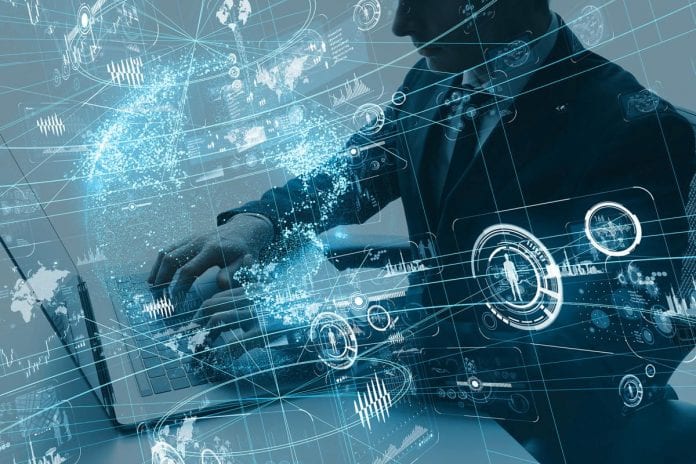A workplace access control system has two basic goals—to allow people to access the areas they are authorized to enter; and to stop people from accessing the areas they are not allowed to enter. Access control systems of different types are widely used in offices, warehouses, factories, healthcare facilities, and other areas that require controlled authorization and permissions.
History of Access Control Systems
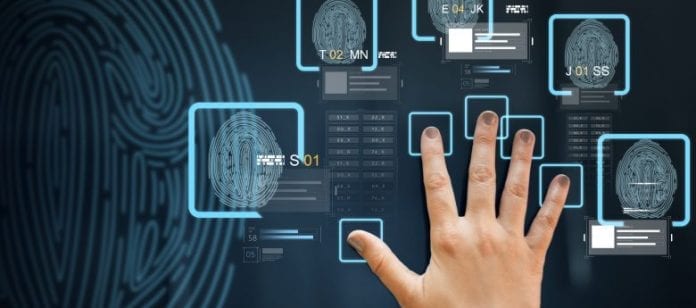
The history of access control can be traced back to the roots of human civilization. We may not have seen the roped closure and wooden locks used to secure access to the pyramids in Ancient Egypt. But we do remember the good old padlock that remained the only form of access control for centuries. Then, there were combination locks that later evolved into pin pads, just as the key metamorphic into RFID cards.
With the rise of smartphones and cloud computing in the last decade, a new generation of mobile-based cloud-managed access control systems entered the market. This was the third generation of access control, which used mobile apps in consonance with bluetooth, NFC, and cloud technology to unlock doors and allow access.
Now, with the advancements in artificial intelligence and computer vision technology, face recognition access control systems have started to claim their share of the market. These latest-generation systems offer added security and a completely touchless access experience along with value addition in the form of video surveillance, video intercom, and active health monitoring. It would be safe to say these fourth generation access control systems are likely to become the norm in the post-COVID-19 workplace.
Components of Modern Access Control Systems
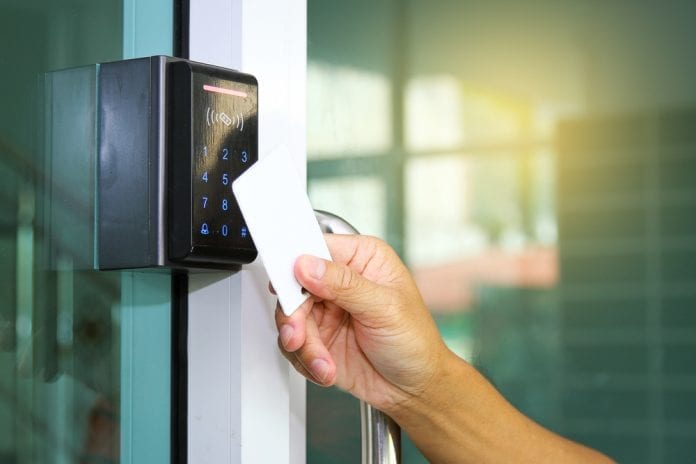
There are three types of workplace entry solutions in use today: card or pin based, mobile based, and face recognition based access control. The latest systems such as Swiftlane are a hybrid of the last two systems. The components of an office entry solution would depend on its type.
Different types of access control systems can comprise card readers or face readers, key pads, biometric scanners, electric locks, door sensors, access control panels, alarm systems, power supply and backup, push-to-exit buttons, video intercoms, turnstiles, and electric cabling.
Legacy systems are usually hosted on in-house servers and are managed through admin dashboards. This makes them rigid and ups the admin workload. For example, you can’t extend these systems to multiple locations or manage them from anywhere. They’re also touch-intensive, which may be a big handicap for the post-pandemic workplace.
Hosted solutions like mobile app, face recognition, and hybrid access control are fully managed through the cloud via desktop and mobile dashboards, which makes them easier to use than legacy systems. Cloud based systems also allow scalability and single dashboard management for multiple locations.
Why Is Access Control Crucial for Workplaces?
-
Workplace Security
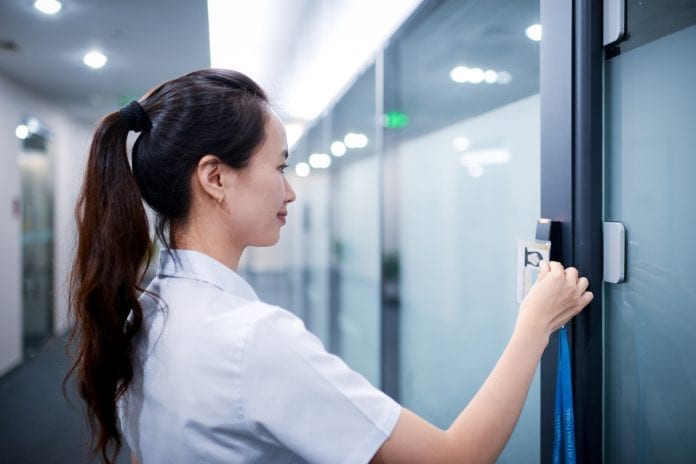
All access control systems provide a certain degree of security against unauthorized access. Legacy systems such as key cards or pin based entry restrict access by issuing personalized key cards or pin codes to authorize and admit users. These systems work fine until a key card is stolen or cloned or a pin code is shared or forgotten. That’s when they become insecure and work intensifies for the security team.
Mobile based systems are a notch better because you can add or remove users and modify authorization quickly, thanks to cloud based management. Face recognition or touchless access control offers the most robust and reliable security because you can monitor who’s entering and leaving the workplace, in real time as well as historically. You can also enable two-factor authentication for sensitive entries or doors such as the server room, record room, etc.
-
Employee Management and Attendance Monitoring
Face recognition based access control systems such as Swiftlane provide a reliable way to monitor employee attendance and work hours. They also prevent tailgating, a type of unauthorized access where an unauthorized person enters the controlled workspace by tailing an authorized person.
Today’s access control systems can be synced with your ERP to automate employee work hours, attendance, and compensation. The right access control system can help you enhance employee efficiency and productivity at the workplace.
-
Day and Time Restrictions

There may be areas of the workplace you don’t want people to access after work hours or on holidays. With cloud-managed systems, you can easily restrict access on the days and times you want. For example, you can program the lunch room door to be accessible only during lunch hours or the conference room to be available only with prior notice.
The feature can be extremely helpful for managing access to shared workspaces as well as for managing shift workers in the post-pandemic socially distant workplace.
-
Different Access Control Levels
Today’s access management systems can be integrated with electric locks to provide automatic access to authorized people. You can set different access control levels for different parts of the workplace or even for each individual door. So, for example, you can authorize only certain individuals to enter the server room or kitchen or warehouse.
With modern building entry systems, you can manage authorizations remotely via a smartphone. These cloud based systems allow instant user enrolment and delisting, which also makes them perfect for workplaces with a high user turnover, such as hotels.
-
Video Intercom and Video Surveillance
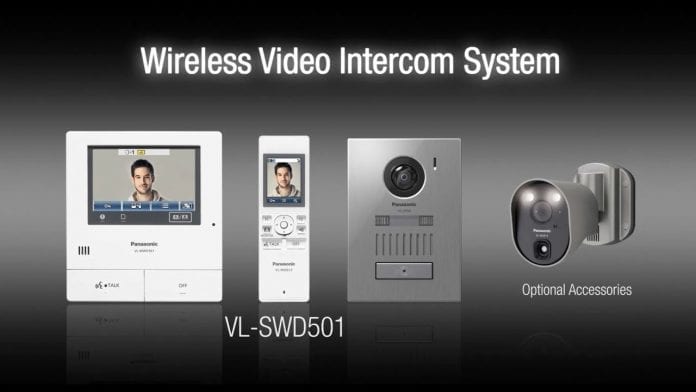
Face recognition based office entry systems also work as a video intercom and video surveillance system at no extra cost. Most workplaces have CCTV cameras installed these days. High-quality face readers such as those used by Swiftlane deliver crisp FHD video that gets stored in the cloud.
The system also works as a video intercom between the visitor at the entrance and the front desk, a functionality that would be highly desirable in tomorrow’s workplaces.
The Biggest Reason—More Peace of Mind
With a reliable, easy-to-use, and touchless access control system installed, business owners and security teams can feel confident that the workplace is secure against physical and malicious threats, and that no unauthorized person can enter the secured premises. Face recognition delivers more peace of mind for employees, visitors, and security teams.
